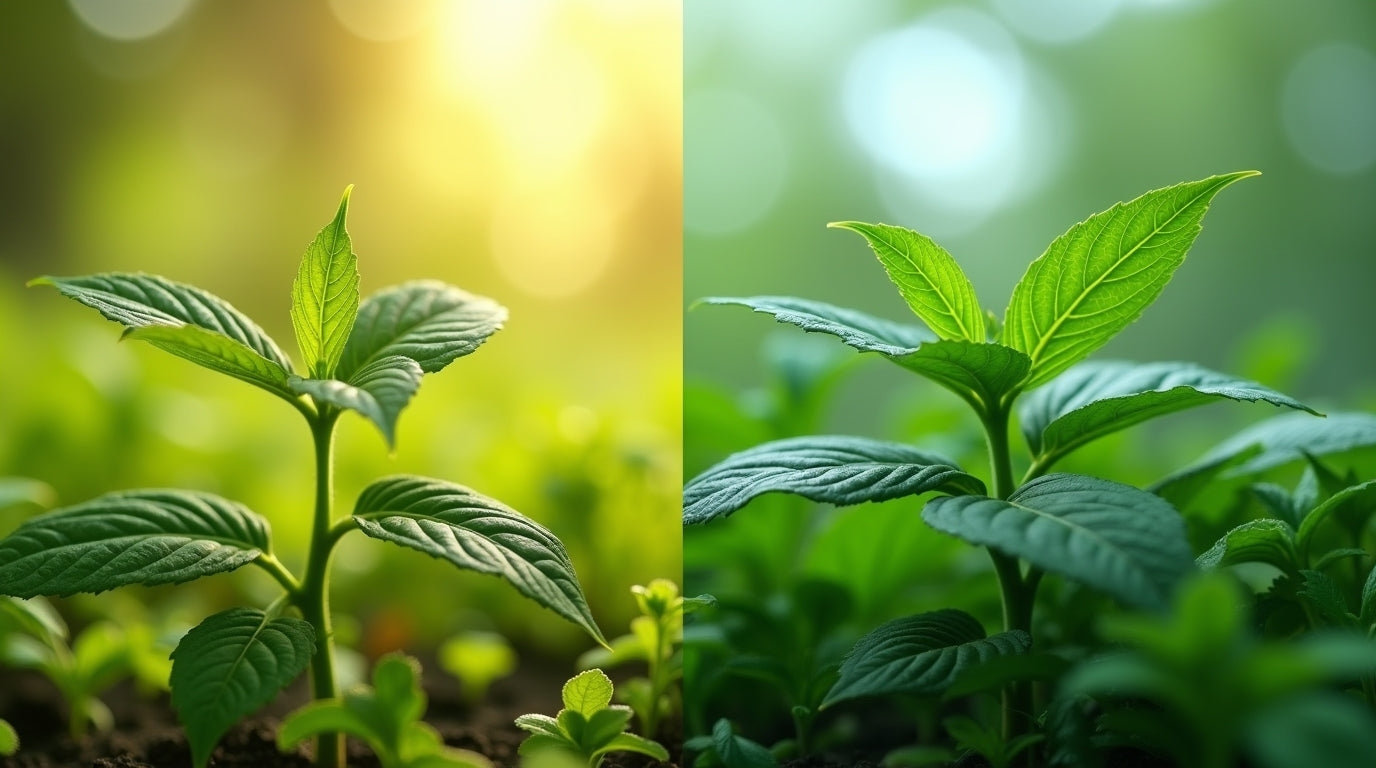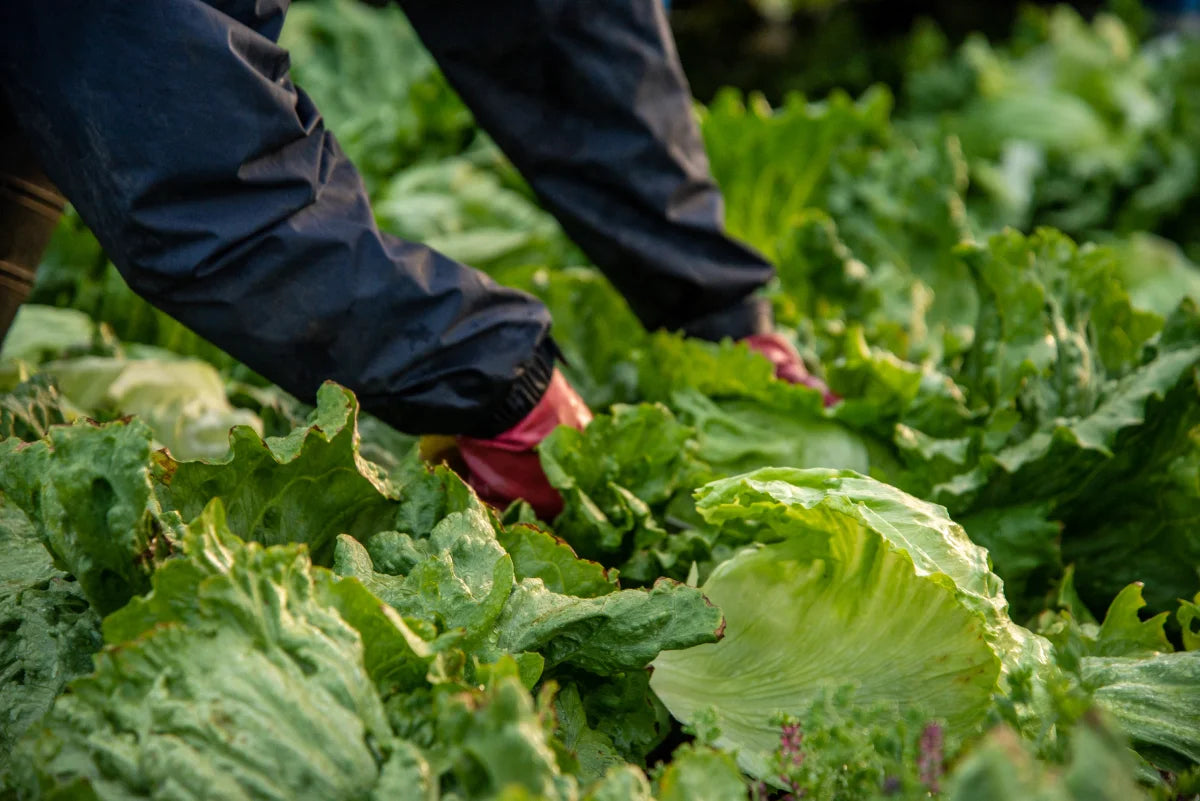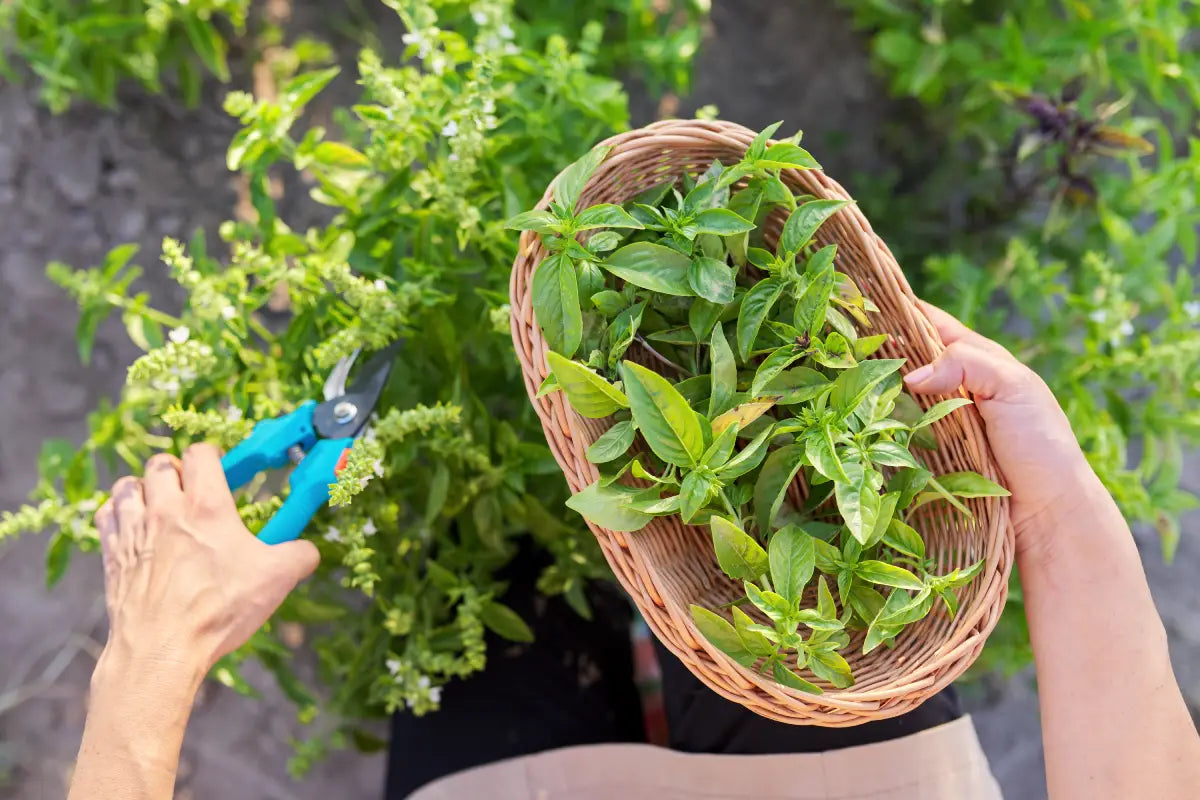
VPD Chart Mastery: The Complete Guide to Reading and Using Vapor Pressure Deficit Charts
Quick Answer: A VPD chart shows the relationship between temperature and humidity to determine optimal growing conditions. Read by finding your current temperature on the horizontal axis, humidity on the vertical axis, and identifying which VPD zone your conditions fall into for maximum plant health and yields.
Understanding and properly using a VPD chart is the difference between average grows and exceptional harvests. Vapor Pressure Deficit charts provide a scientific roadmap for creating the perfect growing environment, but many growers struggle to interpret and apply this powerful tool effectively.
This comprehensive guide will teach you how to read VPD charts like a professional, avoid common mistakes that limit plant growth, and integrate chart data with modern growing systems for automated environmental control.
What is a VPD Chart and Why Every Grower Needs One
A VPD chart is a visual graph that displays the relationship between air temperature, relative humidity, and vapor pressure deficit values. Think of it as your plant's environmental GPS – it tells you exactly where you are and guides you to where you need to be for optimal growth.
The Science Behind VPD Charts Vapor Pressure Deficit measures how much water vapor the air can still absorb before reaching saturation. When VPD is too high, plants transpire rapidly and become stressed. When it's too low, transpiration slows, reducing nutrient uptake and increasing disease risk.
Professional growers use VPD charts because they provide precise targets for environmental control rather than relying on temperature and humidity ranges alone. This scientific approach eliminates guesswork and delivers consistent, repeatable results across multiple growing cycles.
Why Standard Temperature/Humidity Guidelines Fall Short Traditional growing advice focuses on temperature and humidity separately, but plants respond to the relationship between these factors. A 75°F environment at 60% humidity creates completely different plant responses than 80°F at 50% humidity, even though both seem "reasonable" individually.

How to Read a VPD Chart Step-by-Step
Reading a VPD chart correctly is essential for implementing effective environmental control strategies. Follow this systematic approach to extract maximum value from your chart readings.
Step 1: Locate Your Current Temperature Find your grow space temperature on the horizontal (X) axis of the chart. Most charts display both Fahrenheit and Celsius measurements. Use leaf surface temperature when possible, as it's typically 2-5°F cooler than air temperature due to transpiration.
Step 2: Find Your Humidity Level Locate your relative humidity percentage on the vertical (Y) axis. Ensure you're measuring humidity at canopy level, not at the top or bottom of your growing space where readings can vary significantly.
Step 3: Identify Your VPD Zone Follow the temperature line up and the humidity line across until they intersect. This intersection point shows your current VPD value and indicates which growing zone you're operating in:
- Green Zone (0.8-1.2 kPa): Optimal for most plants during vegetative growth
- Yellow Zone (0.4-0.8 kPa or 1.2-1.6 kPa): Acceptable but not ideal conditions
- Red Zone (Below 0.4 kPa or Above 1.6 kPa): Stress conditions requiring immediate adjustment
Understanding VPD Values by Growth Stage Different plant development phases require specific VPD ranges for optimal performance:
- Seedlings: 0.4-0.8 kPa (gentle conditions for establishment)
- Vegetative Growth: 0.8-1.2 kPa (promotes healthy leaf and root development)
- Flowering: 1.0-1.4 kPa (encourages dense bud formation)
Advanced VPD Chart Applications for Maximum Results
Professional growers leverage VPD charts beyond basic readings to fine-tune their environmental control strategies and maximize plant genetic potential.
Leaf Temperature vs Air Temperature Calculations Most VPD charts use air temperature, but leaf temperature provides more accurate readings. Leaves typically run 2-5°F cooler than air due to transpiration. Use an infrared thermometer to measure actual leaf temperature for precise VPD calculations.
Integrating VPD Charts with Smart Growing Systems Modern growing technology makes VPD management effortless through automated monitoring and control. The Gorilla GXi WiFi Temperature and Humidity Sensor provides laboratory-grade accuracy (±0.3°C and ±2% RH) and automatically calculates VPD values in real-time.
The GXi ecosystem connects your environmental data directly to ventilation and climate control systems, automatically adjusting conditions to maintain optimal VPD ranges throughout different growth stages. This eliminates manual chart reading and reduces human error in environmental management.
Creating Custom VPD Targets for Specific Strains Advanced growers develop strain-specific VPD protocols based on plant genetics and desired outcomes. Cannabis sativas often perform better at slightly higher VPD levels (1.1-1.3 kPa) during flowering, while indicas prefer the standard range (0.9-1.2 kPa).

Common VPD Chart Mistakes That Limit Growth
Even experienced growers make critical errors when interpreting and applying VPD chart data. Avoiding these mistakes can dramatically improve your growing results.
Mistake #1: Using Inaccurate Measurement Tools Cheap hygrometers and thermometers provide readings that can be off by 5-10%, making VPD calculations worthless. Invest in calibrated instruments or professional-grade sensors like those included in Gorilla grow tent kits for reliable data.
Mistake #2: Measuring in the Wrong Location Taking readings at the top of your grow tent or near equipment gives false data. Measure temperature and humidity at plant canopy level where environmental conditions directly affect transpiration and growth.
Mistake #3: Ignoring Day/Night VPD Differences Many growers focus only on lights-on conditions, but plants continue transpiring during dark periods. Night VPD should typically be 0.2-0.4 kPa lower than day values to prevent excessive moisture loss when photosynthesis stops.
Mistake #4: Static VPD Targets Throughout Growth Using the same VPD range from seedling to harvest limits plant potential. Adjust your targets as plants develop: lower VPD for young plants, higher VPD during peak flowering to enhance resin production and prevent mold.
Implementing VPD Chart Data in Your Growing System
Successfully applying VPD chart information requires proper equipment integration and systematic environmental management strategies.
Essential Equipment for VPD Management Creating precise VPD control requires quality components working together harmoniously:
- Accurate Monitoring: GXi Temperature and Humidity Sensor for real-time VPD calculations
- Climate Control: Variable-speed fans and environmental controllers
- Quality Growing Environment: Gorilla grow tents with superior insulation and airflow design
- Humidity Management: Humidifiers and dehumidifiers sized for your space
Creating VPD-Based Automation Rules Modern growing systems can automatically adjust environmental conditions based on VPD readings. Set up automation rules that increase ventilation when VPD rises above target ranges or activate humidification when values drop too low.
The GXi ecosystem enables sophisticated automation where lights, fans, and climate control equipment communicate to maintain optimal VPD automatically. This professional-grade integration ensures consistent conditions without constant manual adjustments.
Troubleshooting VPD Issues When VPD readings fall outside optimal ranges, systematic troubleshooting identifies the root cause:
- High VPD: Increase humidity, reduce temperature, or improve air circulation
- Low VPD: Decrease humidity, slightly raise temperature, or reduce airflow
- Fluctuating VPD: Check for air leaks, improve insulation, or upgrade environmental controls

VPD Chart Integration with Professional Growing Systems
The future of indoor growing lies in intelligent environmental control that responds automatically to plant needs. VPD charts provide the foundation for these advanced systems.
Smart Growing with GXi Technology Gorilla's GXi ecosystem represents the cutting edge of VPD-based growing automation. Instead of manually checking charts and adjusting equipment, the system continuously monitors conditions and makes real-time adjustments to maintain perfect VPD ranges.
Professional growers using complete grow tent systems with integrated GXi technology report significantly improved yields and plant quality due to consistent environmental management based on VPD principles.
Data Logging and Analysis Advanced VPD management involves tracking environmental data over complete growing cycles. This information reveals patterns and optimization opportunities that aren't visible from daily observations alone.
Modern systems can log VPD data alongside plant development photos, allowing growers to correlate environmental conditions with specific growth responses and refine their protocols over time.
FAQ Section
How often should I check my VPD chart? Monitor VPD continuously during active growing periods. Digital sensors provide real-time readings, while manual checks should occur at least twice daily – once during peak lighting hours and once during the dark period.
What's the ideal VPD for flowering cannabis plants? Flowering cannabis performs best at 1.0-1.4 kPa VPD. Start around 1.0 kPa in early flowering and gradually increase to 1.2-1.4 kPa during peak bud development to enhance resin production while preventing mold.
Can I use a VPD chart for all plant types? While VPD principles apply universally, optimal ranges vary by species. Most vegetables prefer 0.8-1.2 kPa, tropical plants thrive at 0.6-1.0 kPa, and succulents prefer higher VPD ranges of 1.2-1.8 kPa.
Why is my VPD constantly changing? VPD fluctuations are normal as temperature and humidity change throughout the day. Significant variations indicate inadequate environmental control requiring equipment upgrades or better insulation.
Should leaf temperature or air temperature be used for VPD calculations? Leaf temperature provides more accurate VPD readings since it directly affects transpiration. However, air temperature measurements are acceptable when leaf temperature isn't available, just add 2-3°F to account for the difference.
How does VPD affect nutrient uptake? Proper VPD optimizes transpiration rates, which drive nutrient movement from roots to leaves. Too high VPD causes excessive water loss and nutrient lockout, while too low VPD reduces nutrient transport efficiency.
What VPD range prevents mold and mildew? Maintaining VPD above 0.8 kPa significantly reduces mold risk by ensuring adequate transpiration and air movement. During flowering, keep VPD between 1.0-1.4 kPa to balance mold prevention with optimal growing conditions.
Summary
Key Takeaways: VPD charts are essential tools for professional indoor growing, providing scientific precision for environmental control. Read charts by locating temperature and humidity intersections, adjust targets for different growth stages, and integrate with automated systems for consistent results.
Master VPD chart usage with professional-grade equipment designed for serious growers. Gorilla's complete growing systems include precision monitoring, automated climate control, and industry-leading grow tents that make VPD management effortless and effective.
Ready to transform your growing results with professional VPD management? Explore Gorilla's GXi ecosystem for automated environmental control and premium grow tents engineered for optimal climate management.
Take your cultivation to the next level with our comprehensive guides on understanding VPD fundamentals, optimizing grow room conditions, and managing humidity in grow tents.

Lena Myles
I'm a mushroom enthusiast and home cook based in Oregon. I'm passionate about foraging and creating fungi-focused recipes, especially delicious, plant-based dishes using gourmet mushrooms like trumpet, shiitake, and oyster. When I’m not in the kitchen, you’ll usually find me wandering the woods in search of new wild flavors.


